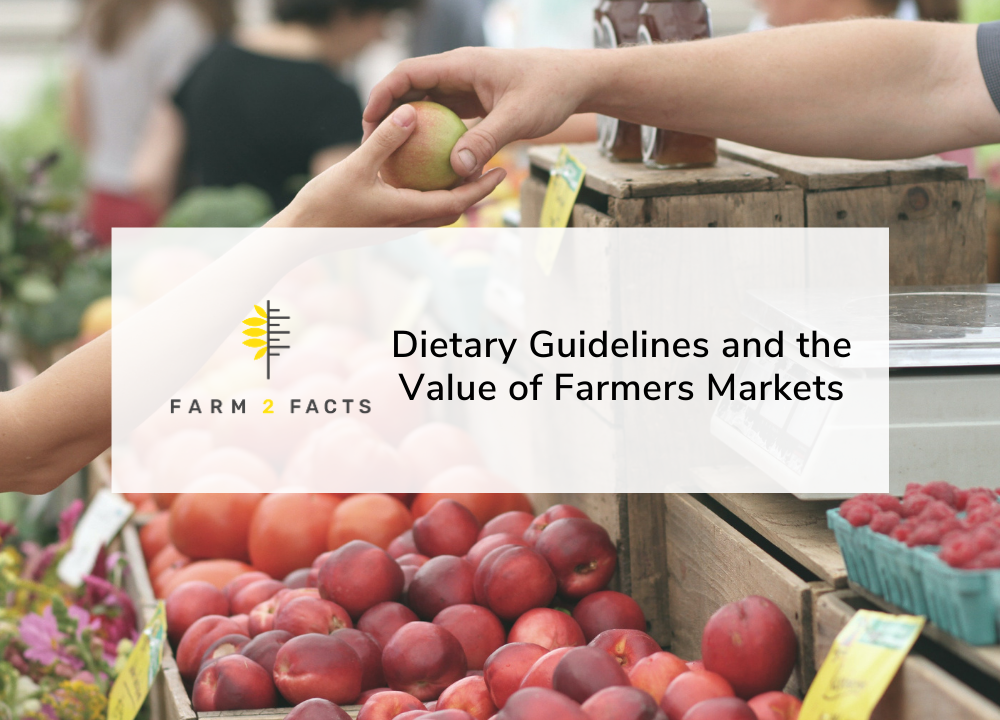
Every five years, the USDA and Department of Health and Human Services are required by law to produce a new publication of the Dietary Guidelines for Americans (DGAs), which translates nutrient needs into dietary patterns. The DGAs are then used to create graphics like the infamous food pyramid and MyPlate, SNAP education programs, and other food policy. The DGAs aim to give the reader an idea of what a “good” diet looks like in order to ultimately “promote health and prevent disease.” The 2020-2025 edition was just published in late December 2020.
However, previously, the DGAs have faced scrutiny for not taking into consideration the multi-ethnic makeup of the American population. The DGAs have relied on translating human nutritional needs into a “healthy U.S.-style” diet- but what is an “U.S.-style” diet? Is it achievable for everyone? How do we make that diet more accessible to all?
Historically, the DGAs have a low rate of adherence. Typically, only 50-60% of Americans follow the recommendations outlined in the DGAs. To make nutritional recommendations more applicable to Americans, the 2020 DGAs included the classic healthy U.S.-style diet, a healthy vegetarian dietary pattern, and a healthy Mediterranean-style dietary pattern. Though more accommodating than previous editions, this year’s DGAs still fall short to recognize the multitude of cultures present in the population and do not address issues with food literacy.
Farmers markets fall into the equation when nutritional recommendations meet questions of food accessibility and cultural appropriateness. Farmers markets function as a food accessibility hub (especially when equipped with EBT terminals), but the real significance lies within the community created at them.
Because most of the food sold at farmers markets is locally produced and sold by community members, market vendor’s fresh options reflect their consumers’ diets and are more likely to be culturally appropriate.
Farmers markets also function as an educational hub, both formally and informally. Food literacy is an umbrella term used to describe knowledge regarding means to obtain healthy food, knowledge of health benefits of and understanding of skills and behaviors related to food and dietary patterns. Cooking and science demonstrations develop food literacy. When market vendors have meaningful conversations about preparation of foods and products, it develops food literacy. Posting signs explaining the difference between organically grown, locally grown, naturally grown, and other certifications develops food literacy. All of these formal and informal learning opportunities allow for market-goers to understand where their food was produced, how to prepare it, and the nutritional benefits from eating it.
Farmers markets provide a unique opportunity to address nutrition in a culturally appropriate and equitable way. The interactions between vendor and market-goer, market manager and vendor, and market manager and vendor goer provide learning opportunities to better explain all the different ways “good”, nutritious food can look.
